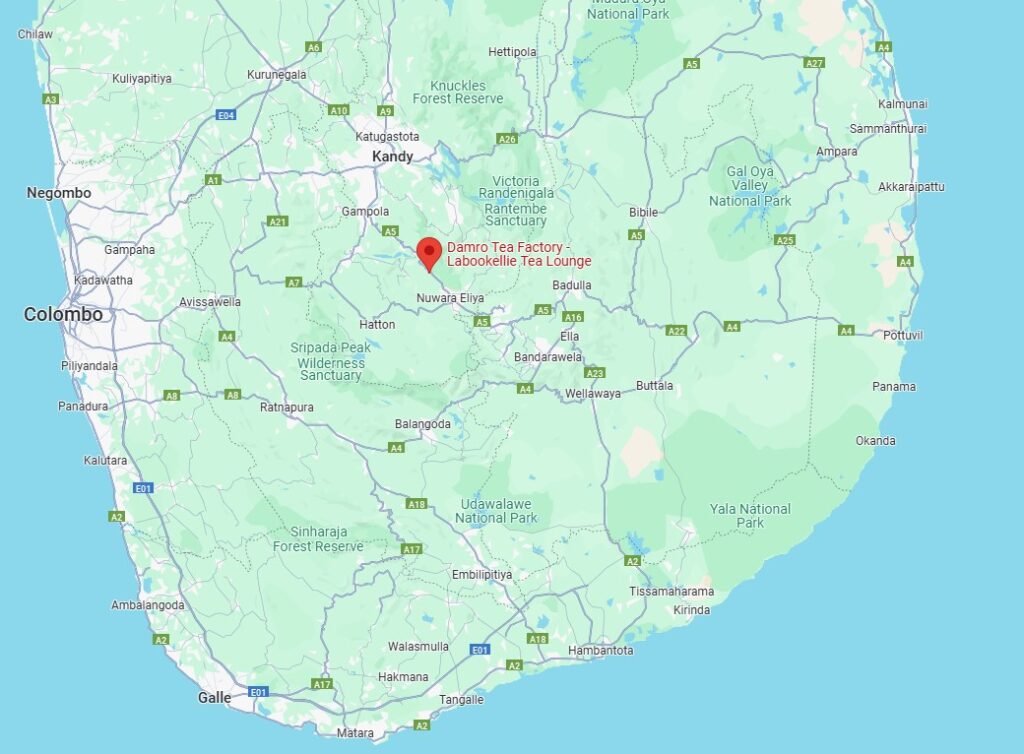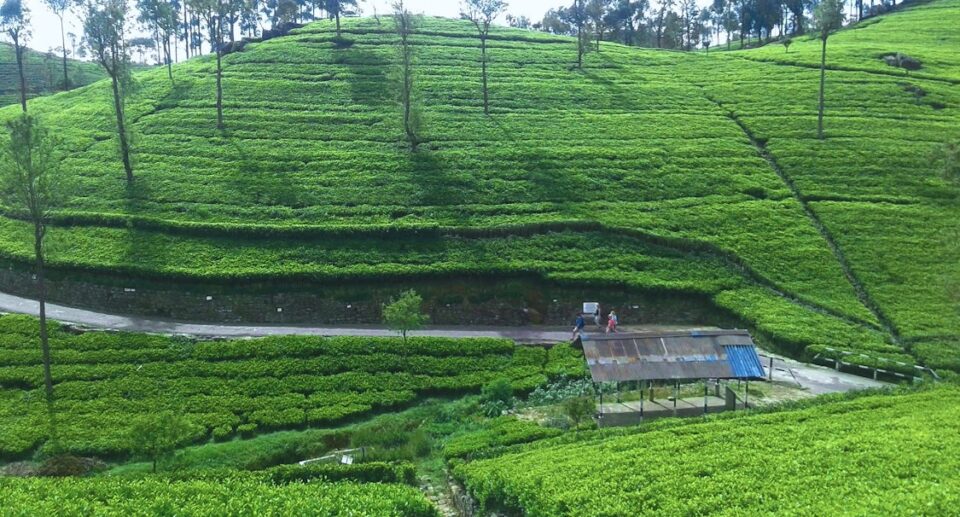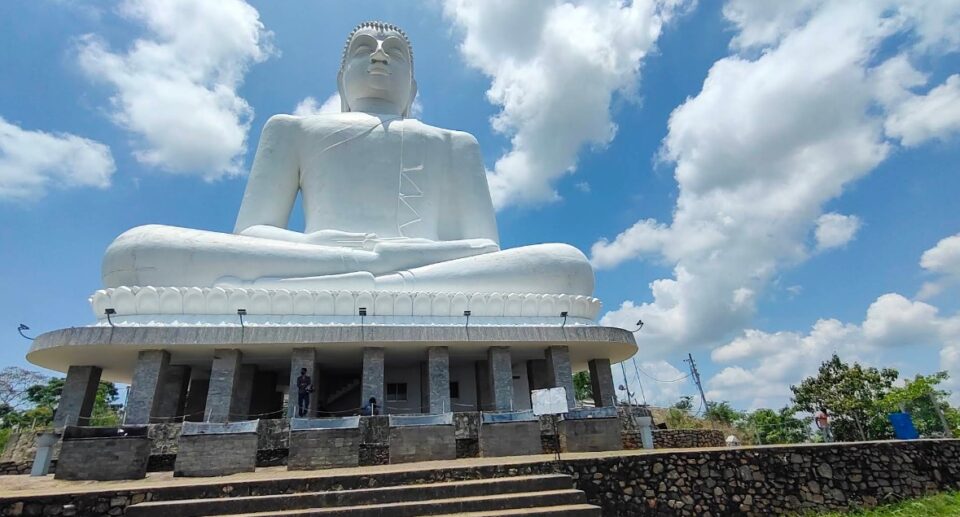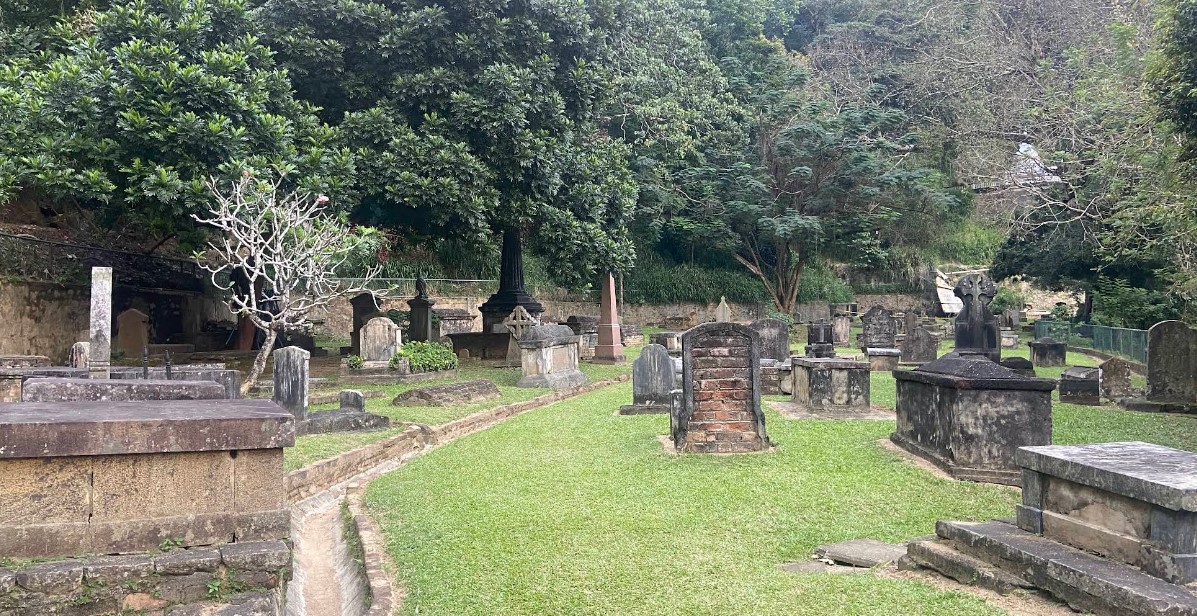Damro Labookellie Tea Factory: A Journey into Sri Lanka’s Tea Heritage
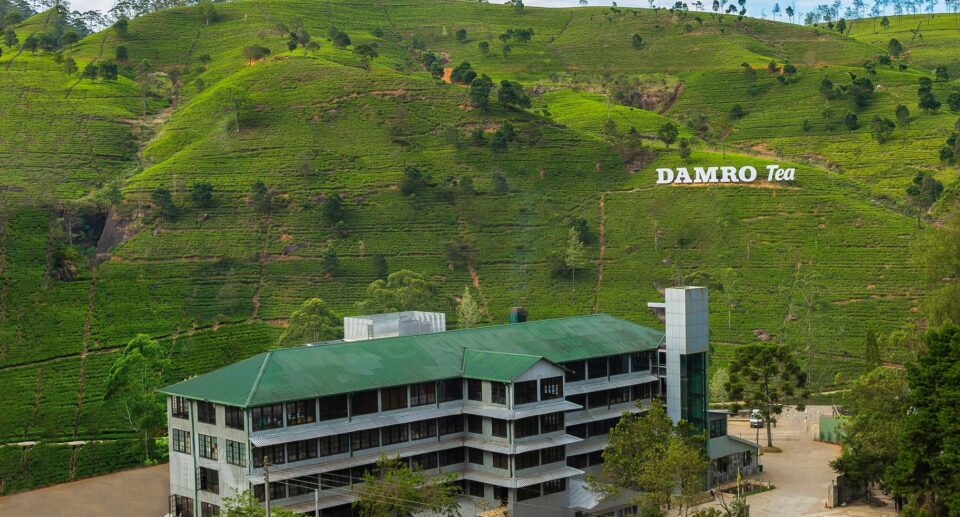
Sri Lanka, once known as Ceylon, is globally renowned for its superb tea, and in the midst of Nuwara Eliya’s rolling, misty hills lies one of Sri Lanka’s most renowned tea estates the Damro Labookellie Tea Factory. Damro Labookellie dates back to the colonial British era and is not only a factory but also a living museum of Sri Lankan tea history. Visitors approaching along the scenic A5 road to Nuwara Eliya are greeted with a vision of endless green estates, dotted by tea pluckers and covered by massive mountains. Among these, Damro Labookellie stands as a jewel.
History and Heritage
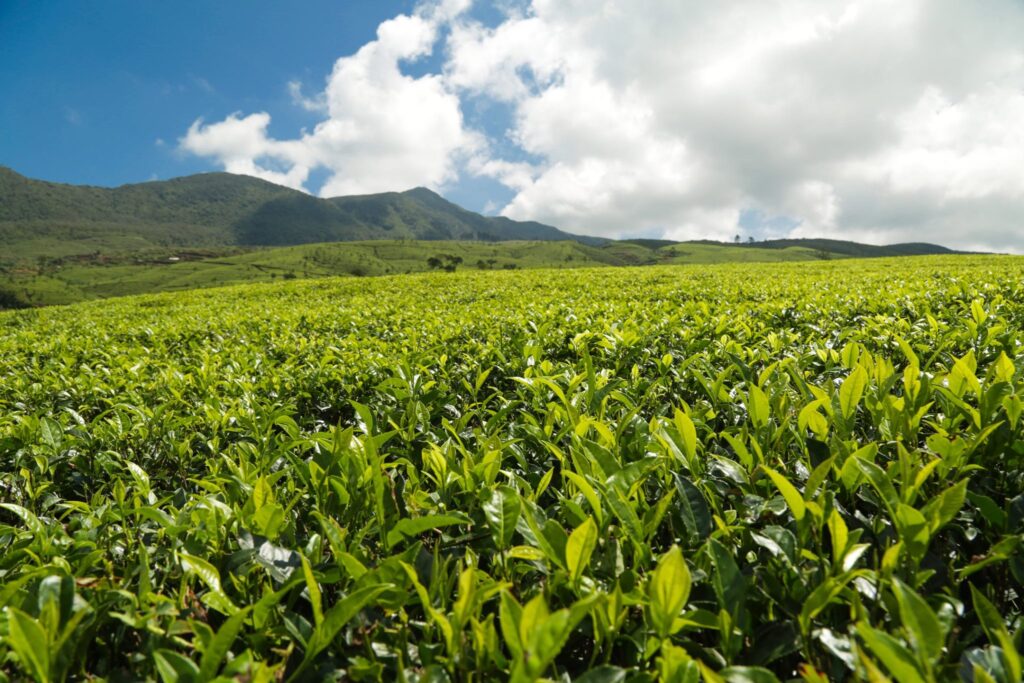
Originally established in 1841, the estate was once known as the Mackwoods Labookellie Tea Centre under the ownership of the Mackwoods Group. Mackwoods was the second oldest mercantile firm in Sri Lanka, and the company’s entry into tea production was a mainstay in colonial-era farming. The tea industry itself was pioneered by the British during the mid-1800s as a substitute for coffee, which was devastated by disease.
Labookellie Estate was an archetypal instance of Ceylon tea perfection, as a result of its altitude, agreeable climate, and meticulous cultivation methods. The estate was purchased by Damro, one of Sri Lanka’s biggest diversified conglomerates, in 2016 and renamed Damro Labookellie Tea Centre and Garden. Nothing was subtracted from its charm or quality by the new ownership. If anything, Damro has expanded and enhanced the facilities without compromising the old processing methods that have built the reputation of the estate.
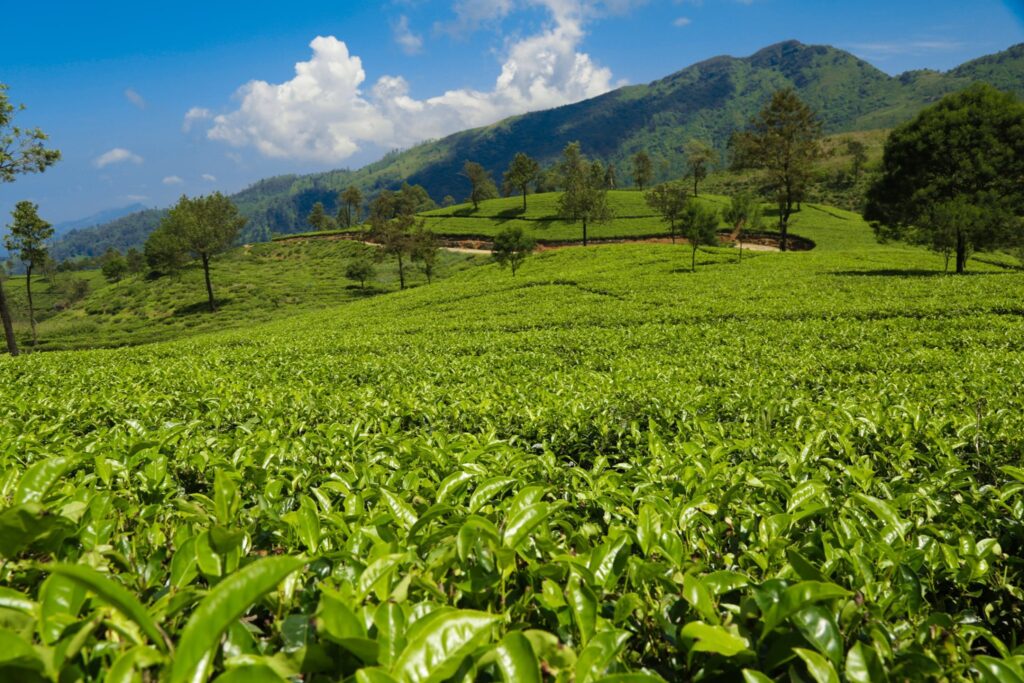
The Landscape and Setting
Damro Labookellie is located at approximately 5,000 feet sea level, and it boasts one of the most picturesque and serene landscapes in Sri Lanka’s central highlands. The climate is chilly and windy, with frequent mists that give the estate an ethereal appearance. The rolling hills are lined with well-manicured tea bushes grown in lines, creating a green sea that stretches as far as the eye can see. Tall eucalyptus and pine trees add to the beauty of the region, along with brooks and waterfalls within the vicinity.
This natural setting is not only gorgeous it has a significant effect on the flavor and personality of the tea. Tea grown high, like that produced at Labookellie, is prized for its light, golden color and floral aromas, all of which are promoted by the cooler weather and sluggish growing conditions.
The Tea-Making Process
The heart of the Damro Labookellie experience is its factory, where visitors can watch the processing of newly harvested tea leaves into the final product. Daily guided tours are provided and are free, one of the most accessible educational experiences in Sri Lanka’s hill country.
Withering begins the process, with fresh leaves spread out and dried to remove moisture. Rolling comes next, where leaves are twisted and burst to release natural enzymes. Fermentation, the critical process, is where chemical change creates black tea’s color and flavor. Leaves are dried again to stop fermentation, then graded and sorted by size and quality.

One of the most fascinating aspects of the factory is that most of the machinery is antique, some dating back to the early 20th century. These old, reliable machines are maintained in top working order and are still used to ensure consistency in flavor and texture. The blend of old-world atmosphere and contemporary standards of cleanliness gives the factory a unique ambiance.
Visitor Experience
Guided Tours
The factory guided tour is a highly interactive and educational one. Typically 20–30 minutes, it sees an employee show guests through each process of preparing tea. They offer tours in numerous languages depending on the option visitors prefer and are very professionally trained and up to date.
After the tour, the guests are then ushered into the Damro Tea Lounge, which is a cozy space overlooking the beautiful landscape. Here, the guests are invited to sample a selection of teas cultivated on the estate anything from strong black teas to subtle green teas and even exotic white teas. Each one is served with care, allowing the guests to appreciate the aroma, color, and taste that distinguish Ceylon tea.
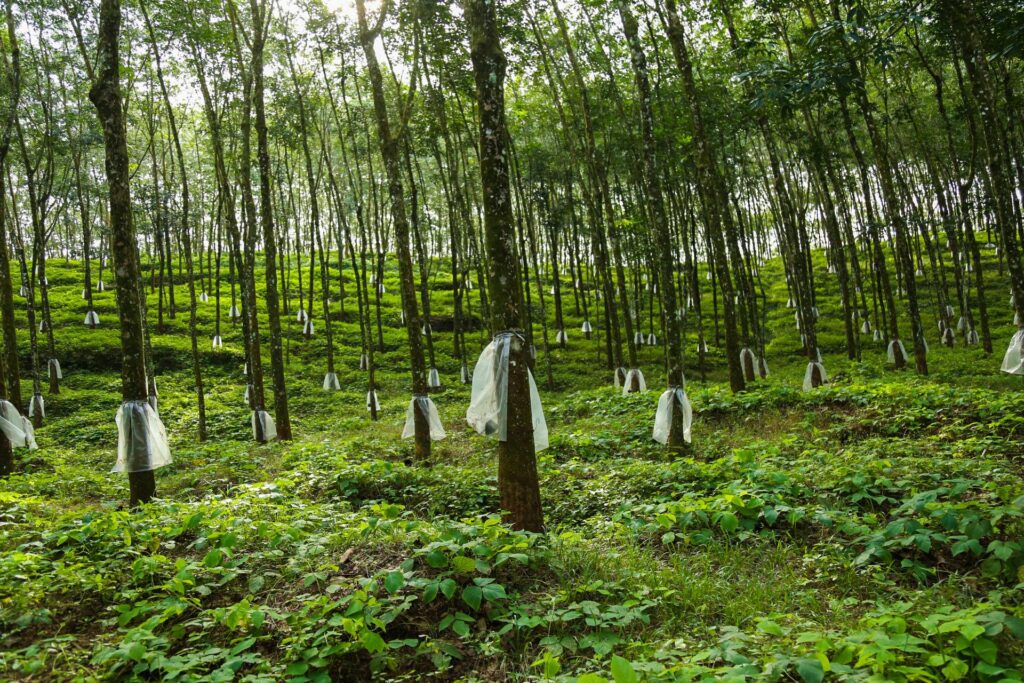
Café and Treats
Aside from tea sampling, the lounge also provides light refreshments and snacks like scones, cakes, and short eats that complement the tea. The combination of delicious treats and breathtaking views makes it an excellent place to relax and unwind.
Shopping and Souvenirs
The factory gift shop is a treasure trove for tea lovers. It carries a wide range of teas in various forms loose, bagged, and specialty teas and fashionable gift boxes. Visitors can purchase fresh packed tea at factory prices, thereby guaranteeing quality and purity. Other products like tea-based souvenirs, natural cosmetics, and branded products are also on offer.
Educational and Cultural Significance
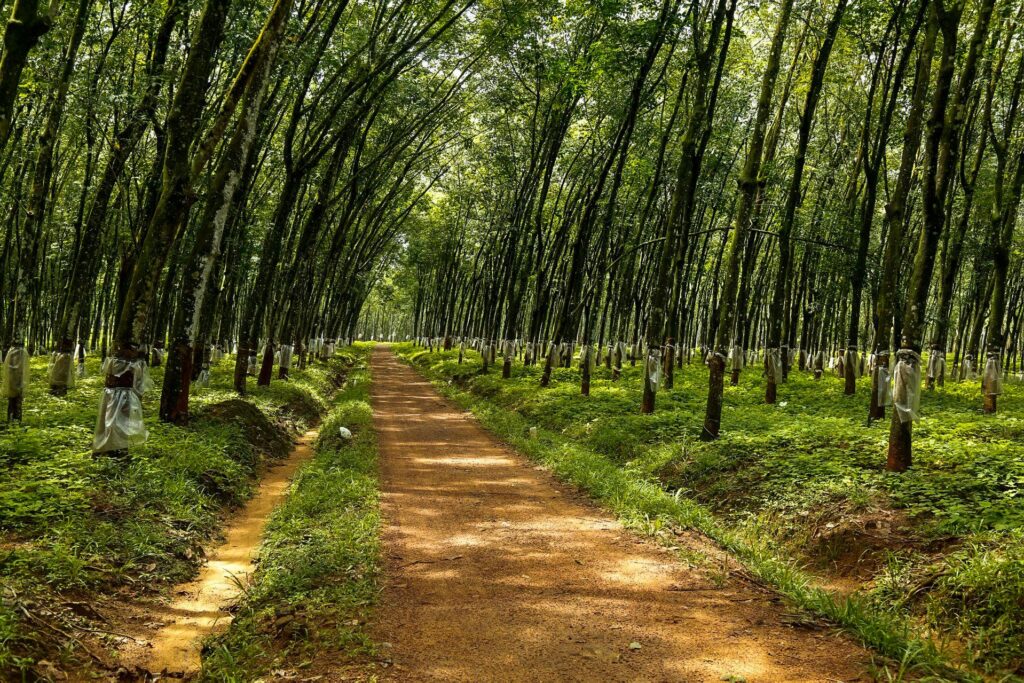
Aside from being a tourist destination, Damro Labookellie is also an educational complex. It is a publicizing of the time-consuming and intricate process of tea production and honors importance and dignity to laborers who make the industry rich. It also signifies the cultural importance of tea in Sri Lankan society from its colonial origins until the current day when tea already serves as a national icon and principal export.
Many groups of students, university students, and researchers visit the estate to acquire more information on sustainable agriculture, agribusiness, and global tea industry. Damro also enhanced in using environmentally friendly agricultural practices, like minimal pesticide use, soil conservation, and reforestation in sections of the estate.
Accessibility and How to Get There
Damro Labookellie is nicely connected by road and is situated approximately 16 kilometers north of Nuwara Eliya on the A5 road to Kandy. The trip itself is an eye feast, with scenic mountains, lakes, and tea estates accompanying the traveler along the way. The nearest railway station is Nanu Oya, which is approximately 20 kilometers away, and taxis or tuk-tuks can be readily rented to complete the distance.
The site is easily signposted, and there is ample parking space for cars and buses. The estate is daily open to visitors, including public holidays and weekends.
A visit to the Damro Labookellie Tea Factory is much more than a simple tourist stop. It’s a journey through Sri Lanka’s colonial past, its current culture, and a sensory journey into one of the globe’s finest tea traditions. Whether you’re a tea enthusiast, a history buff, or a traveler seeking natural beauty, Labookellie offers something unique and memorable. From the soothing scent of fresh tea leaves to the stunning views of rolling plantations, this estate leaves a lasting impression on all who pass through its gates.
